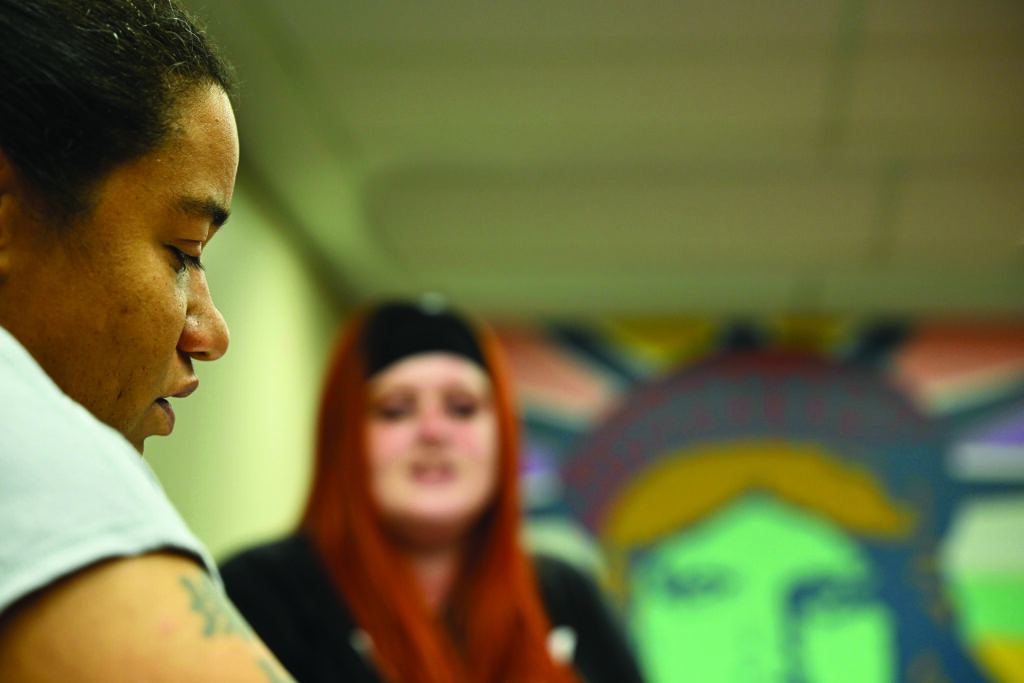
Transforming Communities by Ending Crime.
Restorative Justice provides a facilitated process to allow youth harmed by crime or wrongdoing to meet with the person(s) who caused the harm so they can negotiate their own resolution to address the harm outside of traditional systems.
Our Kentucky Offices
Louisville
2820 W. Broadway, Ste.600
Louisville, KY 40211
(502) 263-2499
London
1106A S. Main Street
London, KY 40741
(606) 658-9248
How the restorative justice program works

Restorative Justice (RJ) provides a holistic and comprehensive approach to the traditional criminal justice system by bringing together the offender, victim, and community to make things right.
Through facilitated conferences, parties collectively identify the harm and determine a solution-based resolution. The restorative justice approach ensures that restitution and compassion are integral parts of the judicial process.
“I don’t know what I would do without RJ’s help, I am on a fixed income and I had no idea how I was going to be able to get my kids the stuff they need.”
A grandmother that is guardian for six children due to substance use disorder in the family. Before this family received coats, they were wearing layers of clothing to stay warm.
RJ is Cost Effective
$19,000
Kentucky spends more than $19,000 per year to house an adult inmate
$7,000
but only $7,000 per year to educate a child.
$72,000
It costs as much as $72,000 to house a juvenile each year.
The process saves money and achieves better results.
A different approach to the justice system that provides a way for individuals who were harmed to have a direct say in the process.
2023 Referrals
60% Justice system youth referrals
23% Direct school referrals
17% Justice system young adult referrals

RJ services are in the following counties: Jefferson, Hardin, Bullitt, Fayette, Scott, Madison, Clark, Jessamine, Franklin, Rockcastle, Jackson, Pulaski, Laurel, Clay, Leslie, McCreary, Whitley, Knox, Warren, and Christian.
Supporting youth in the school system

Restorative Justice Case Study
Joey’s Story
As a 14-year-old with autism, Joey exhibited increasingly challenging behavior. After a series of serious physical altercations with school staff and security, Joey faced significant assault charges. His family was running out of options from service providers until Joey was referred to Restorative Justice’s (RJ) Alternate to Detention (ADT) project.
RJ case manager, Martha Basham, introduced Joey to an animal therapy farm. Shortly after, Martha and his family noticed Joey’s behavior was improving.
His mom, JG, was grateful for RJ, Martha, and the new form of therapy that was helping her son.
“Finally, we met someone who doesn’t just say, ‘I’ll see what I can do’, following the same blueprint,” JG said.
RJ ATD project provides an alternative for young people like Joey, by focusing on the person as an individual and finding services and/or activities that provide different paths of healing and being.
Now in family therapy, Martha continues to work with the family to ensure they find the support they all need to continue on this path together.
Finally, we met someone who doesn’t just say, ‘I’ll see what I can do’, following the same blueprint.
JG said
